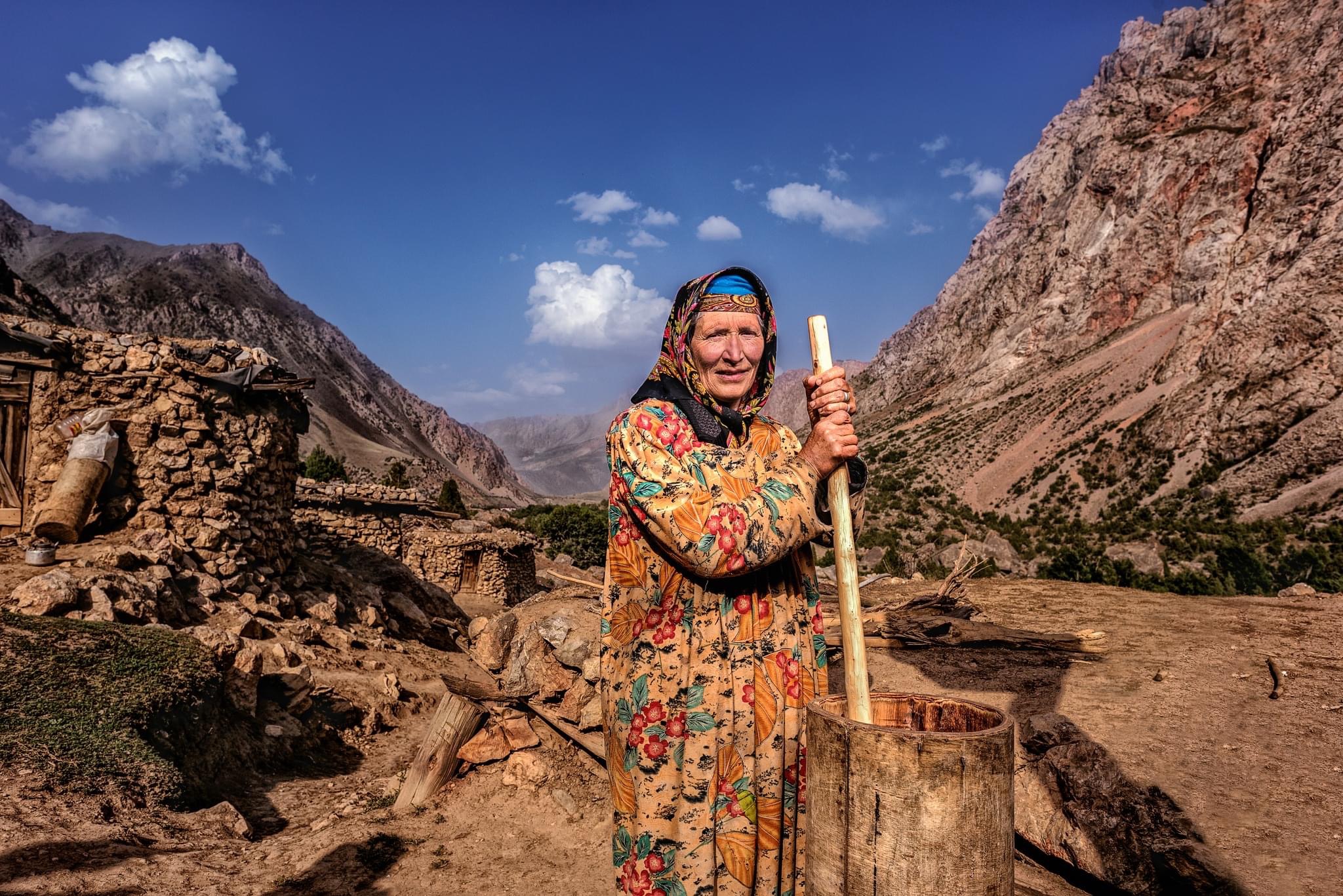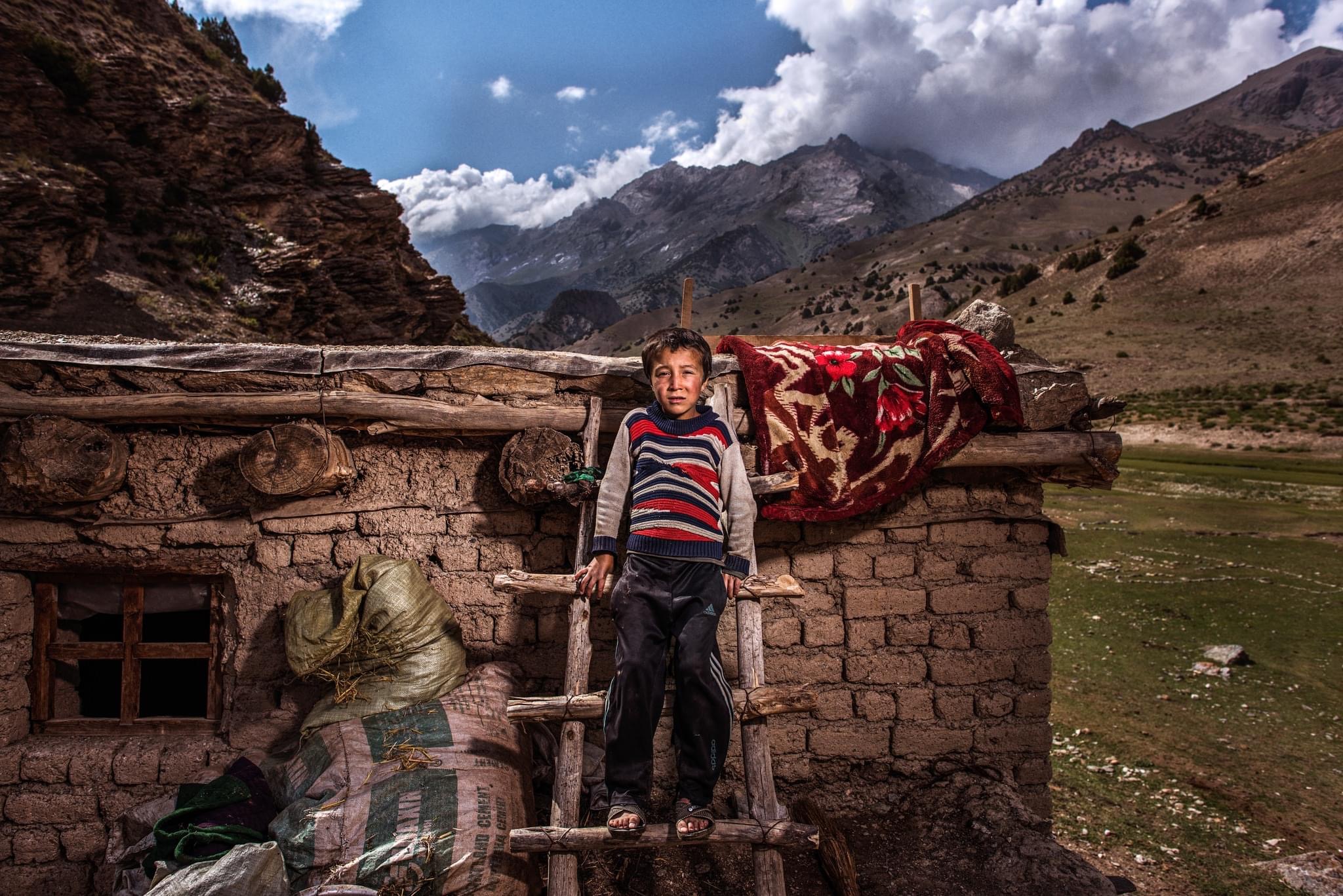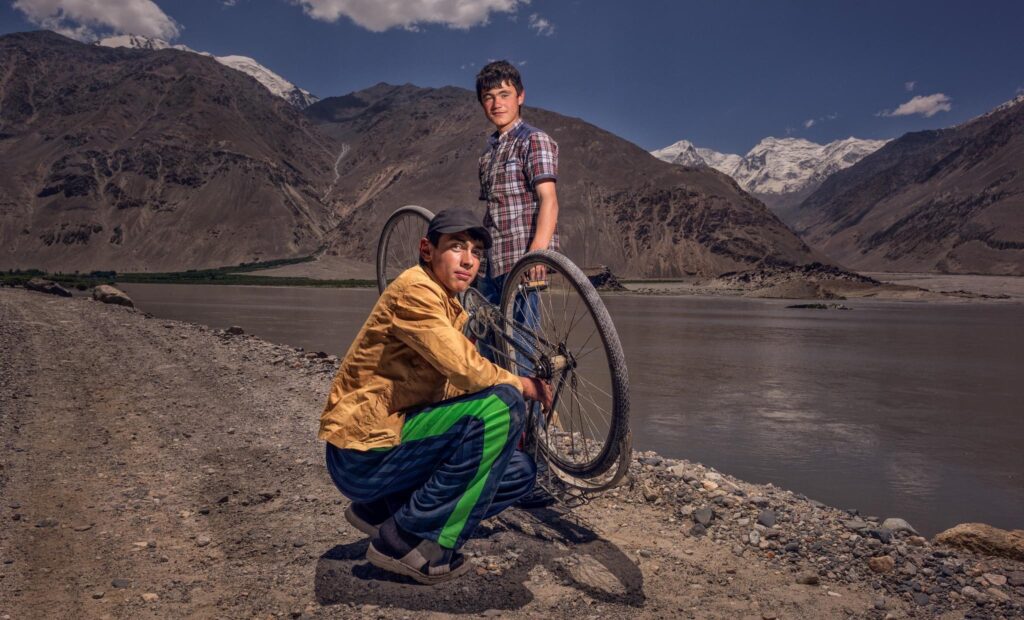Central Asia: Demographics and Challenges

Overview of the Region
Central Asia – comprising Kazakhstan, Uzbekistan, Kyrgyzstan, Tajikistan, and Turkmenistan – is characterized by youthful populations and diverse ethnic compositions, with significant economic disparities among countries. Labor migration, particularly to Russia, plays a pivotal role in supporting households and national economies, yet it also brings profound social and demographic consequences.
Demographic Context
- • Tajikistan has an estimated population of about 10.39 million (2024) with a high population growth rate of 1.92%, birth rate of 25.8 per 1,000, and death rate of 4.7 per 1,000.
- • The population is notably young: 31.4% are aged 0 – 14, while only 3.6% are aged 65 and above.
- • Ethnically, Tajiks make up approximately 86.1%, Uzbeks 11.3%, Kyrgyz 0.4%, Russians 0.3%, and others 1.9% as of the 2020 census. Another source reports Tajiks at 84.3%, Uzbeks 13.8%, and other minorities comprising around 2%.
- In Uzbekistan, the population exceeds 36 million, with Uzbeks comprising ~84.4-84.5%, Tajiks ~4.8%, and other groups like Kazakhs, Russians, Karakalpaks, and more contributing smaller percentages.
In Kyrgyzstan, the ethnic composition as of 2022 is Kyrgyz 77.6%, Uzbeks 14.2%, Russians 4.1%, Dungans 1.0%, Uyghurs 0.5%, and others including Tajiks.

Economic Struggles & the Reality of Unemployment in Tajikistan
Beneath the surface of official statistics lies a harsher truth: Tajikistan is grappling with a chronic lack of economic opportunity. While government reports suggest unemployment is below 2%, the reality on the ground tells a different story-one where tens of thousands compete for low-paying, unstable jobs, and millions are left with no choice but to leave their homeland in search of work. For many, migration is not ambition-it’s survival. Entire generations grow up watching their fathers and older brothers disappear across borders, while local economies remain stagnant and dependent on external lifelines. Jobs are scarce, wages are low, and hope is often exported along with the labor force. With the World Bank estimating real unemployment at over 11%, this quiet crisis continues to hollow out communities, leaving behind struggling families and a growing sense of disillusionment among the youth.
Labor Migration & Social Impacts
• Labor migration is a central coping mechanism in Tajikistan. More than 10% of the population works abroad, with 1.6 million Tajiks estimated to be in Russia.
• The home economy heavily relies on remittances, which account for 45% of GDP in 2024-the highest globally in relative terms.
• Other Central Asian examples: Kyrgyzstan receives remittances amounting to 24% of GDP, and Uzbekistan about 14%.
• For Uzbekistan, a drop in remittances could nearly double poverty-from 9.6% to 16.8%.
• Temporary migrants are overwhelmingly male-80% of Kyrgyz and Tajik migrants, and up to 90% of Uzbek migrants.
• The predominance of male migrants leads to many households in Tajikistan led by women, with children growing up without fathers. These “fatherless” families face increased risks of school dropouts, reduced women’s labor participation, and mental health challenges

Migration Pressures & Shifting Destinations
- Reliance on Russia poses risks: remittance shocks following geopolitical shocks (e.g., ruble collapse, border closures during COVID) have caused remittances to plummet drastically-by 40-50% at times.
- Post-2022, migration flows actually increased: in Q1 2023, 350,000 Tajiks, 630,000 Uzbeks, and 173,000 Kyrgyz migrated to Russia-substantial year-over-year rises.
- Tajikistan is now exploring diversification of labor migration destinations, as over 97% still travel to Russia; alternatives such as the USA, Europe, and Kazakhstan account for minimal departures.
A spike in deportations and hostility toward Tajik migrant workers in Russia (notably after the 2024 Crocus Hall attack) has forced returns and elevated economic insecurity.
Broader Regional Perspective
Central Asia as a whole is deeply remittance-dependent. As of 2020:
- About 7.8 million migrants from the region were abroad-63% in Russia, 17% in Germany, and 7% in Ukraine.
Remittances account for ~21%, ~31%, and ~51% of GDP in Uzbekistan, Kyrgyzstan, and Tajikistan, respectively (2022 data).
Conclusion
Tajikistan exemplifies many of the structural challenges across Central Asia: a youthful population, ethnic majorities with growing minorities, high migration-led economic reliance, and the social cost of widespread male labor emigration. While remittances bolster household incomes and macroeconomic balance, they also create vulnerabilities-especially when migration flows to dominant destinations like Russia become unstable. The resulting socio-economic pressure on remaining communities, along with limited job prospects at home and an increasing number of “fatherless” households, underscores the urgent need for domestic economic diversification, educational investments, and safe alternative migration pathways.

